For three minutes early Tuesday morning the intersection of Camp Bowie Boulevard and Washington Terrace was the intersection of history, history, and history: a World War I Army camp, the nation’s first all-weather transcontinental highway, and a convoy of vintage military vehicles commemorating a War Department “highway motor train” of ninety-five years ago.
The convoy reached Fort Worth on Sunday, rested its collective bones on Monday, and continued west on Tuesday morning.
Video of the convoy arriving on Lancaster Avenue:
The Military Vehicles Preservation Association convoy (jeeps, ambulances, cargo trucks, a halftrack, etc.) is retracing the 3,500-mile route of that 1920 “motor train” along the Bankhead Highway from Washington, D.C. through Texas to San Diego. Most of the vehicles in the 2015 convoy date to World War II, Korea, and Vietnam. The trip will take twenty-nine days. The 1920 trip took 116 days.
The Bankhead Highway was America’s first all-weather transcontinental highway.
 The highway was named for Senator John Hollis Bankhead of Alabama, an early federal highway advocate (and grandfather of actress Tallulah). The highway was authorized in 1916. Its route changed over the years, but for the most part the highway in Texas followed the route of today’s U.S. 67, U.S. 80, I-20, and I-10. (Photo from Barbara Love Logan.)
The highway was named for Senator John Hollis Bankhead of Alabama, an early federal highway advocate (and grandfather of actress Tallulah). The highway was authorized in 1916. Its route changed over the years, but for the most part the highway in Texas followed the route of today’s U.S. 67, U.S. 80, I-20, and I-10. (Photo from Barbara Love Logan.)
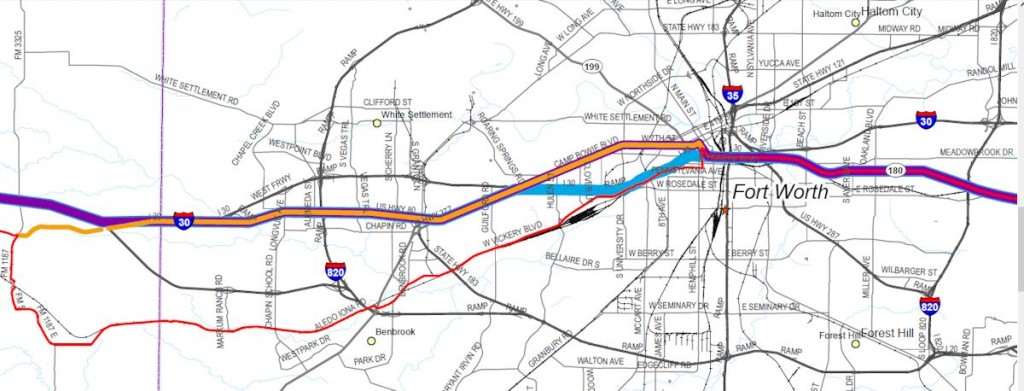 This Texas Highway Commission map shows the route of the highway through Fort Worth (in orange): Lancaster, West 7th, Camp Bowie, U.S. 80.
This Texas Highway Commission map shows the route of the highway through Fort Worth (in orange): Lancaster, West 7th, Camp Bowie, U.S. 80.
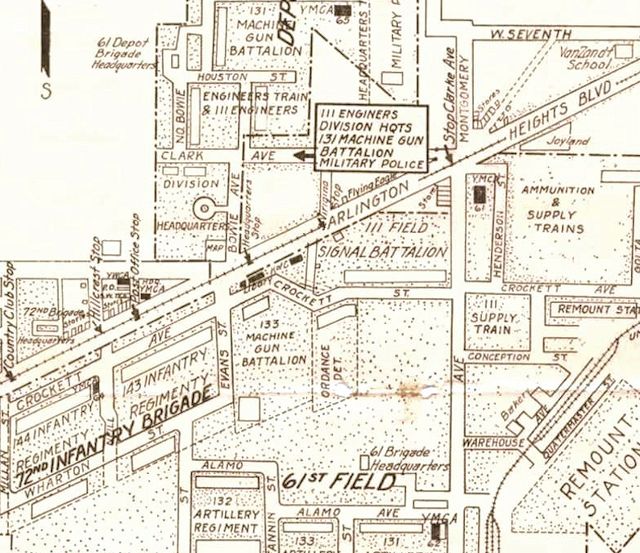 As the 2015 convoy left town early Tuesday it drove west on Camp Bowie Boulevard past the former site of the Army’s Camp Bowie. In fact, headquarters of the camp was just north of Veterans Memorial Park on Arlington Heights Boulevard (now Camp Bowie Boulevard) at Washington Terrace. (Map from Pete Charlton’s “1000+ Lost Antique Maps of Texas & the Southwest on DVD-ROM.”)
As the 2015 convoy left town early Tuesday it drove west on Camp Bowie Boulevard past the former site of the Army’s Camp Bowie. In fact, headquarters of the camp was just north of Veterans Memorial Park on Arlington Heights Boulevard (now Camp Bowie Boulevard) at Washington Terrace. (Map from Pete Charlton’s “1000+ Lost Antique Maps of Texas & the Southwest on DVD-ROM.”)
By the time the 1920 convoy rolled, of course, World War I was over, and the Army’s Camp Bowie had been demobilized and disassembled, and the residential development of Arlington Heights resumed.
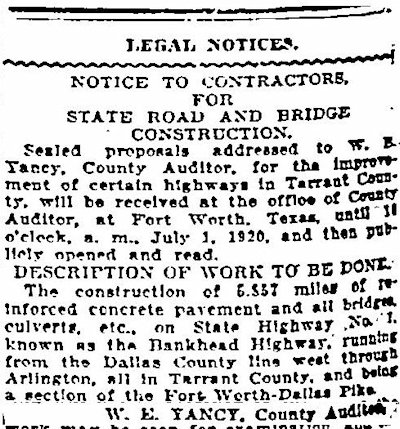 In 1920 the county advertised for bids for construction of the Bankhead Highway from the Dallas County line through Arlington. Much of the Bankhead Highway consisted of existing highways that were upgraded. For example, State Highway No. 1 and the Fort Worth-Dallas Pike became part of the Bankhead Highway. Clip is from the June 15 Star-Telegram.
In 1920 the county advertised for bids for construction of the Bankhead Highway from the Dallas County line through Arlington. Much of the Bankhead Highway consisted of existing highways that were upgraded. For example, State Highway No. 1 and the Fort Worth-Dallas Pike became part of the Bankhead Highway. Clip is from the June 15 Star-Telegram.
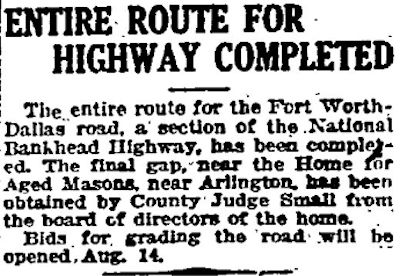 On August 3, 1920 the Star-Telegram reported that the route of the Dallas-Fort Worth section of the Bankhead Highway had been completed with securement of right-of-way near the Home for Aged Masons (Masonic Retirement Center) on today’s Division Street.
On August 3, 1920 the Star-Telegram reported that the route of the Dallas-Fort Worth section of the Bankhead Highway had been completed with securement of right-of-way near the Home for Aged Masons (Masonic Retirement Center) on today’s Division Street.
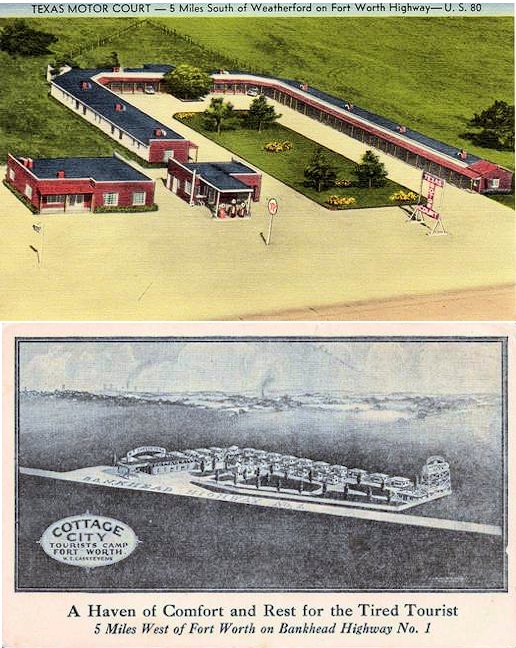 The Bankhead Highway was opened as more and more Americans bought automobiles and took to the roads as tourists, traveling farther and staying away from home longer than ever before. All those travelers need overnight accommodations, giving rise to motor courts and tourist camps. (Images from Barbara Love Logan.)
The Bankhead Highway was opened as more and more Americans bought automobiles and took to the roads as tourists, traveling farther and staying away from home longer than ever before. All those travelers need overnight accommodations, giving rise to motor courts and tourist camps. (Images from Barbara Love Logan.)
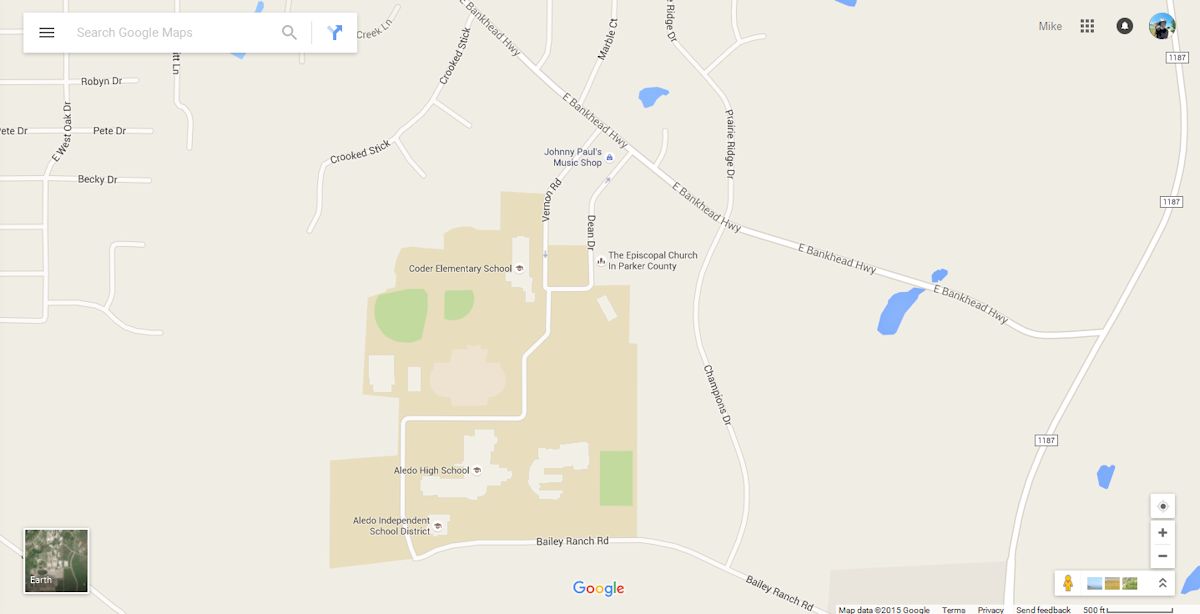 Remants of the Bankhead Highway can still be driven west of Fort Worth in Parker and Palo Pinto counties.
Remants of the Bankhead Highway can still be driven west of Fort Worth in Parker and Palo Pinto counties.
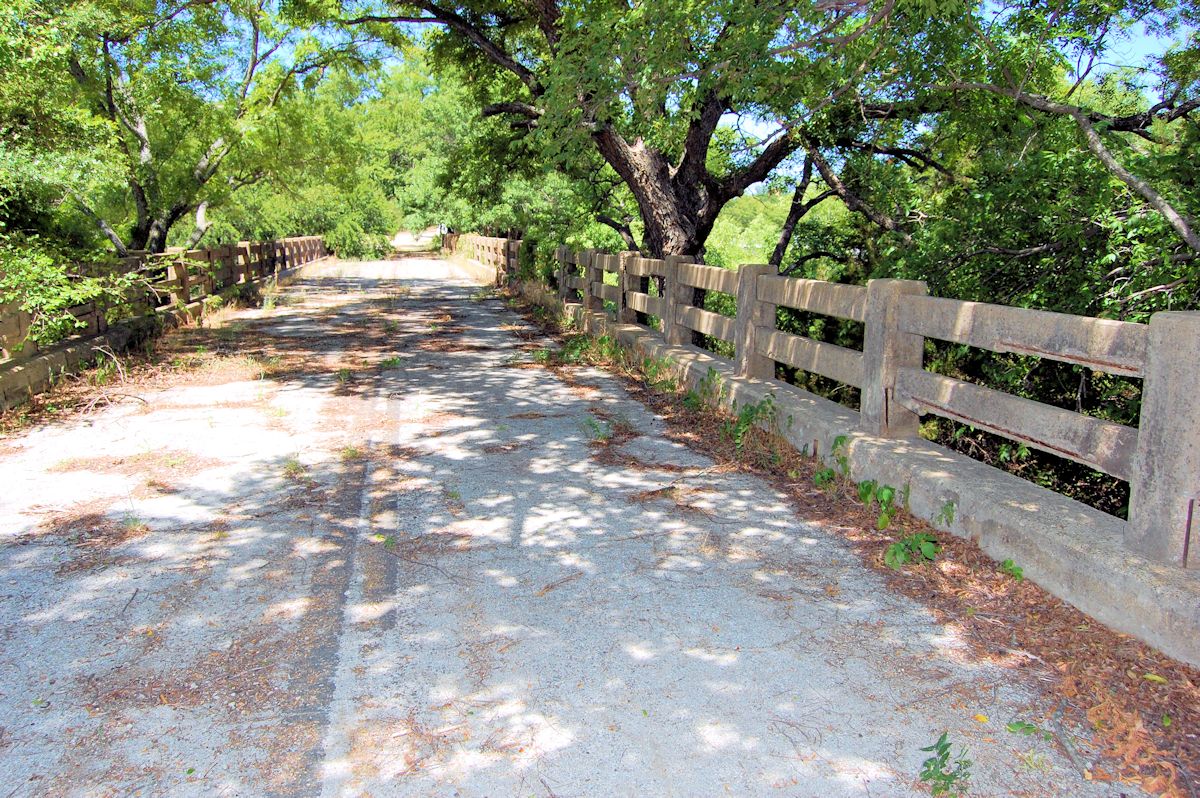 This abandoned Bankhead Highway bridge crosses Little Ioni Creek in western Palo Pinto County. The old Bankhead roadbed runs parallel to and just a few yards south of today’s U.S. 180.
This abandoned Bankhead Highway bridge crosses Little Ioni Creek in western Palo Pinto County. The old Bankhead roadbed runs parallel to and just a few yards south of today’s U.S. 180.
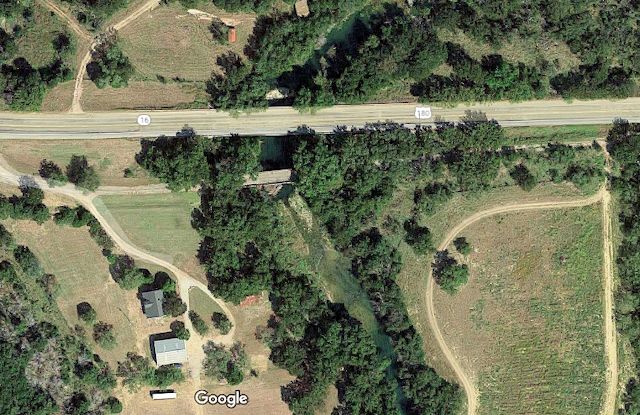 The old highway and bridge can be seen south of U.S. 180.
The old highway and bridge can be seen south of U.S. 180.

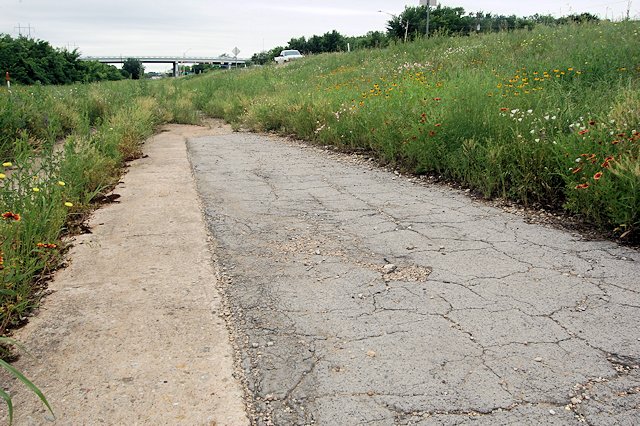
Between Fort Worth and Arlington, sections of the old Bankhead Highway (Fort Worth-Dallas Pike, U.S. 80) can be seen below and alongside U.S. 180/West Division Street, which in the late 1940s was cut parallel to the old highway. (Photo from University of Texas at Arlington Library.)
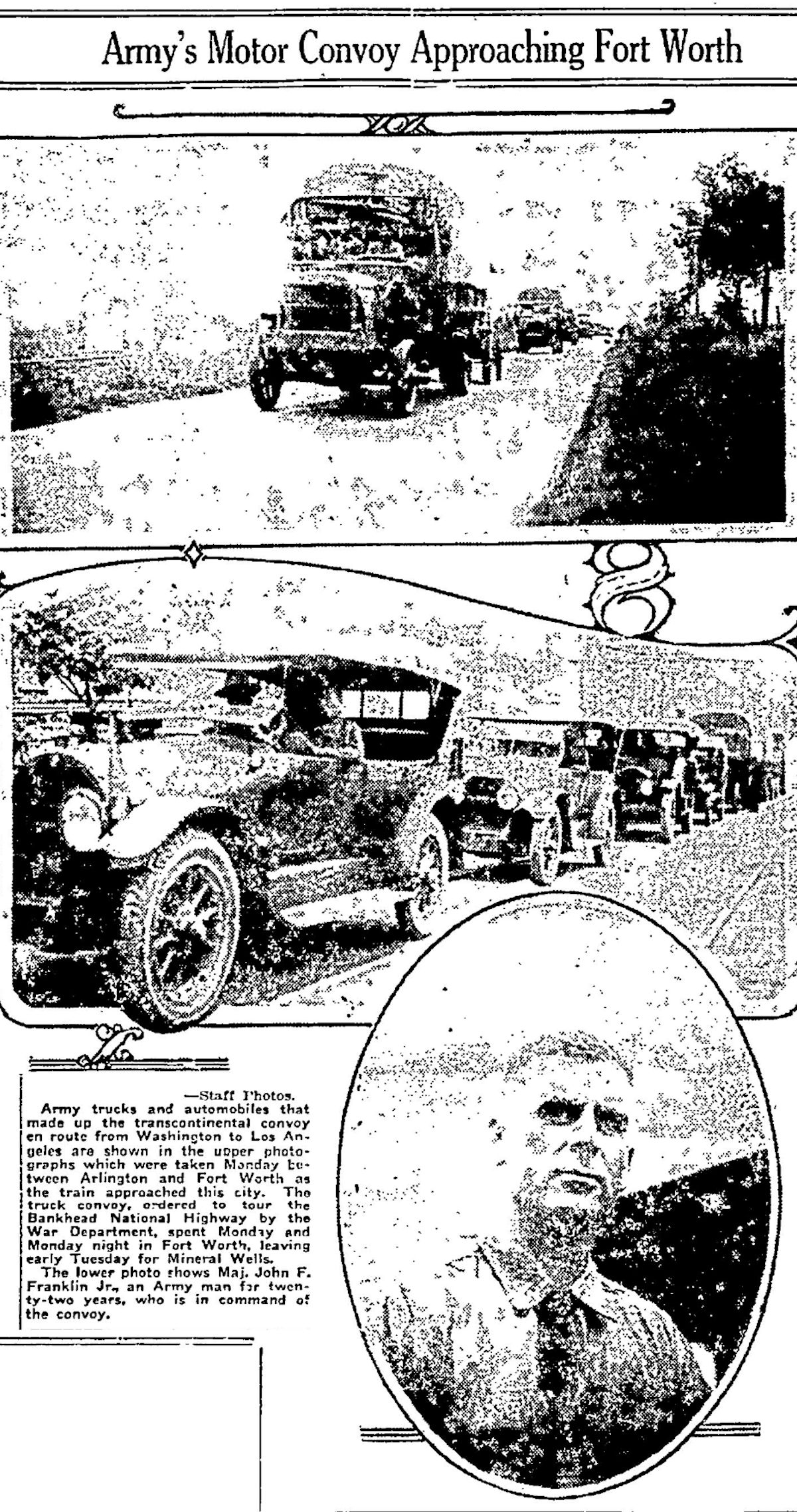 The Military Vehicles Preservation Association’s convoy commemorates a cross-country military convoy driven along the Bankhead Highway in 1920 “to test the durability of the highway and to determine the feasibility of trucks in handling soldiers, supplies and ammunition.” Among the variables the War Department wanted to evaluate was solid tires versus pneumatic tires. This year the convoy camped in Fort Worth at Farrington Field Monday night before continuing west on Tuesday morning. In 1920 the convoy camped at Peter Smith School downtown. Clips are from the August 16 and 17 Star-Telegram.
The Military Vehicles Preservation Association’s convoy commemorates a cross-country military convoy driven along the Bankhead Highway in 1920 “to test the durability of the highway and to determine the feasibility of trucks in handling soldiers, supplies and ammunition.” Among the variables the War Department wanted to evaluate was solid tires versus pneumatic tires. This year the convoy camped in Fort Worth at Farrington Field Monday night before continuing west on Tuesday morning. In 1920 the convoy camped at Peter Smith School downtown. Clips are from the August 16 and 17 Star-Telegram.
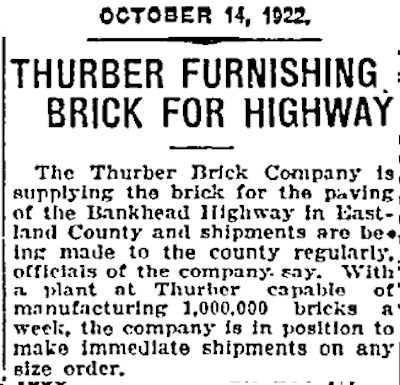
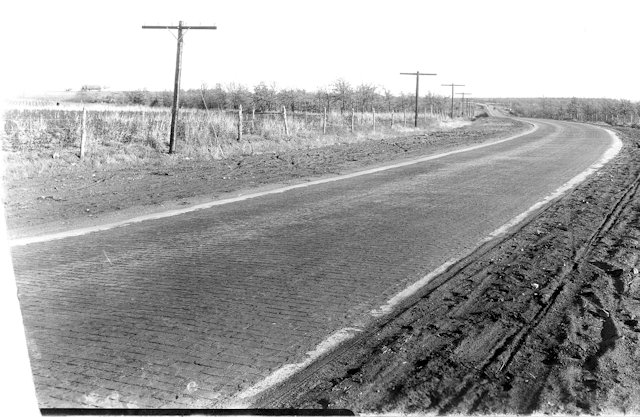 Part of the Bankhead Highway was paved with bricks made in Thurber. (Watch a 1930s silent documentary on the Thurber brick plant. The Bankhead Highway is shown at the time remaining of -1:33.) (Photo of the bricked Bankhead Highway from Boyce Ditto Public Library.)
Part of the Bankhead Highway was paved with bricks made in Thurber. (Watch a 1930s silent documentary on the Thurber brick plant. The Bankhead Highway is shown at the time remaining of -1:33.) (Photo of the bricked Bankhead Highway from Boyce Ditto Public Library.)
Some photos of the convoy at Farrington Field:
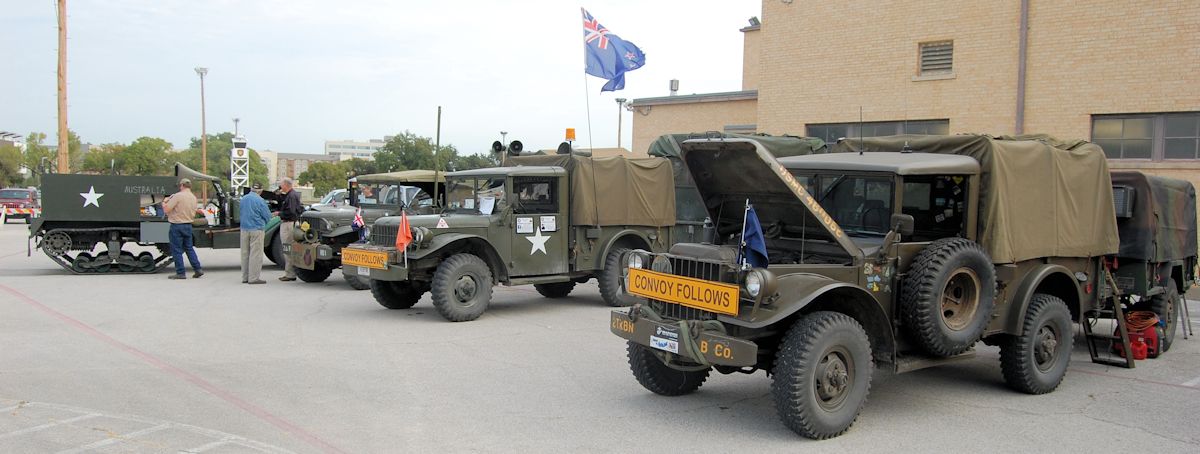

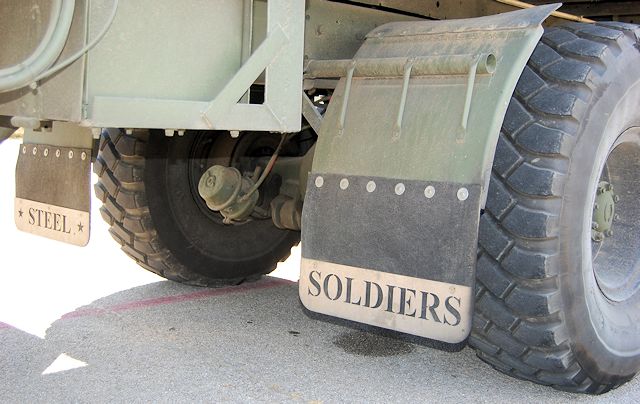
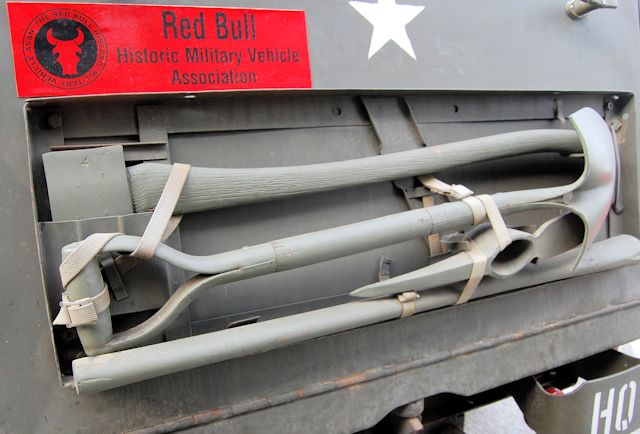
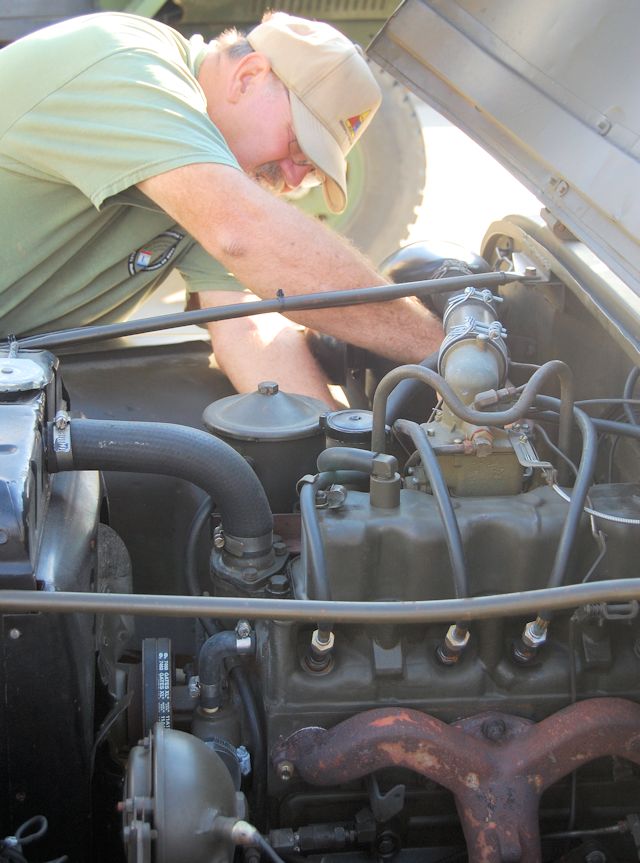


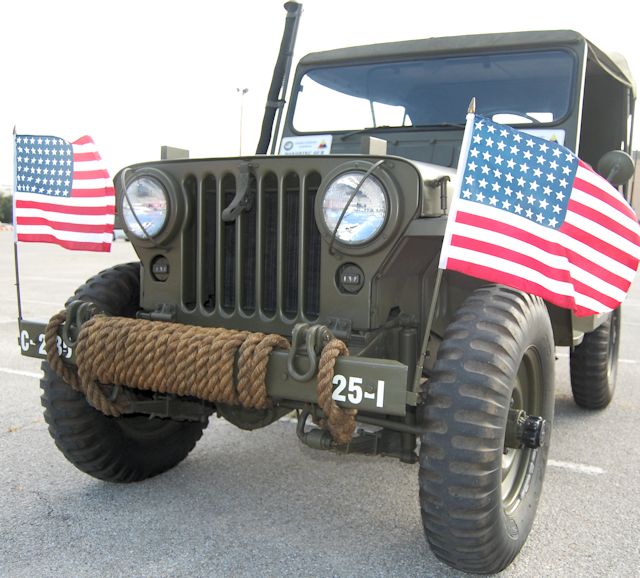
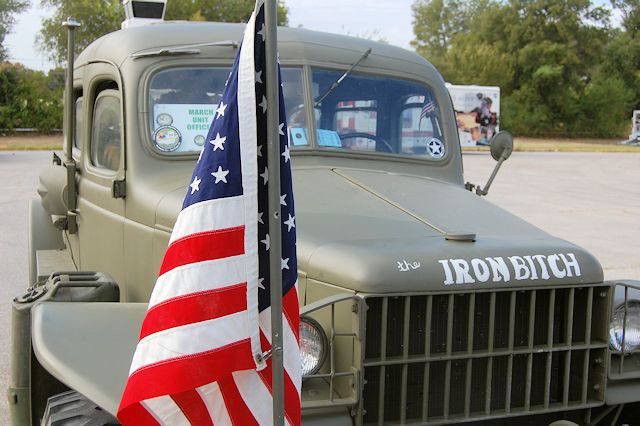

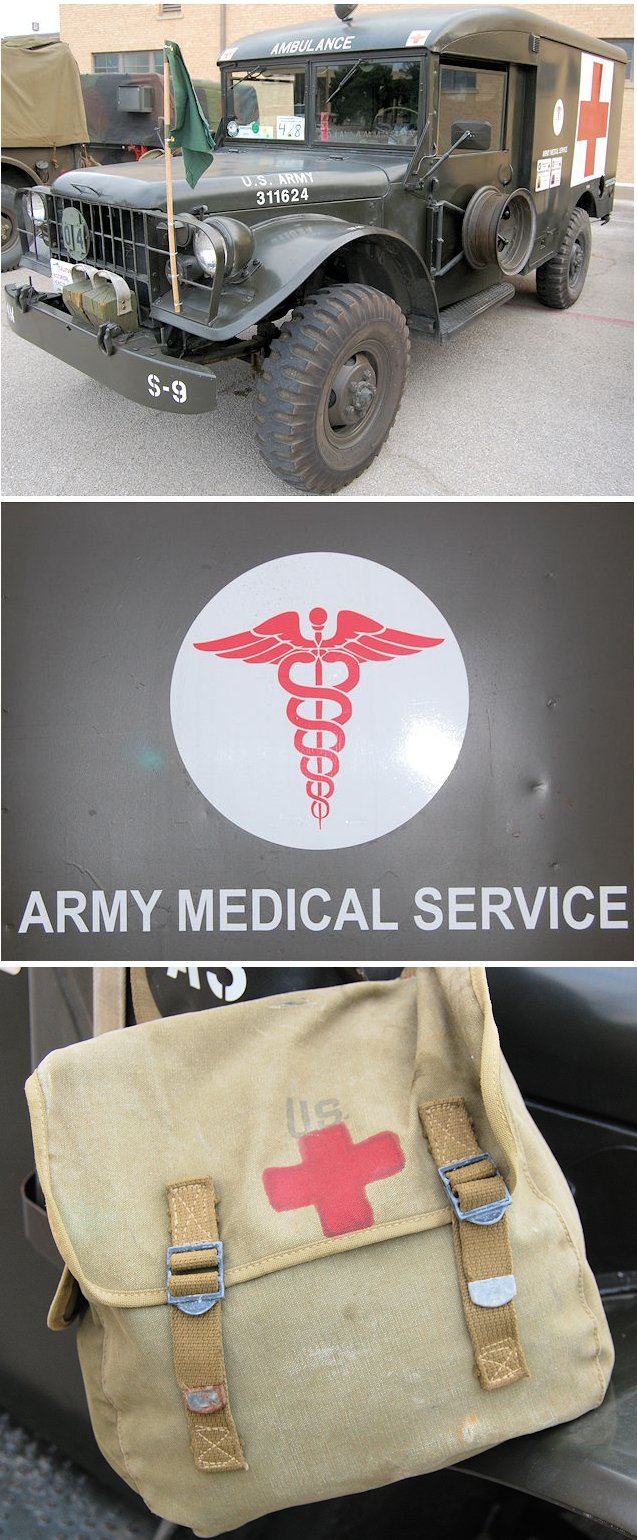
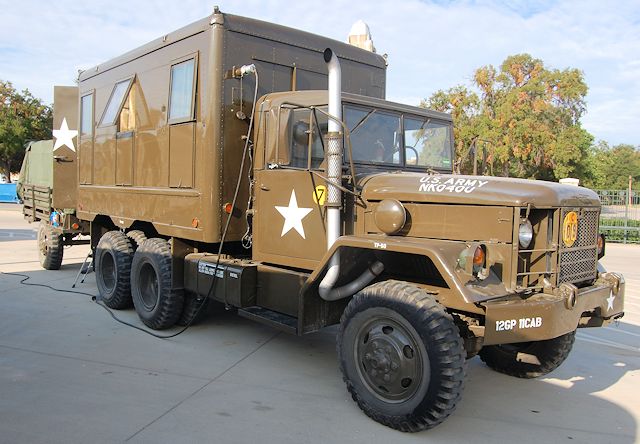
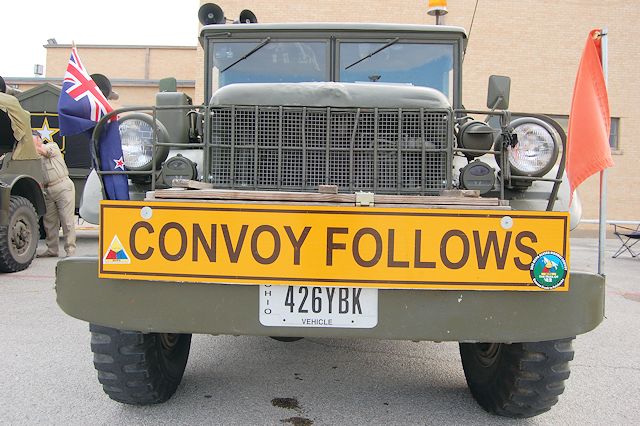
 To Fort Worth residents who came out to Farrington Field to see the convoy vehicles, this 1941 Packard staff car with factory air-conditioning was one of the star vehicles. The Packard One Sixty has a 160-horsepower straight-eight engine.
To Fort Worth residents who came out to Farrington Field to see the convoy vehicles, this 1941 Packard staff car with factory air-conditioning was one of the star vehicles. The Packard One Sixty has a 160-horsepower straight-eight engine.
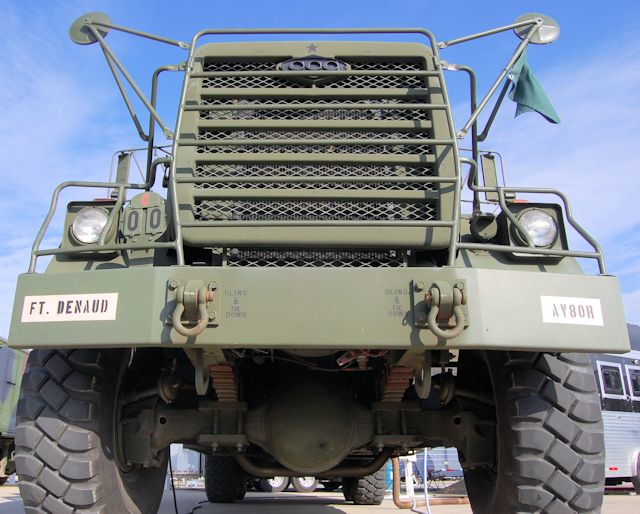


“Did someone say ‘dog tags’?”
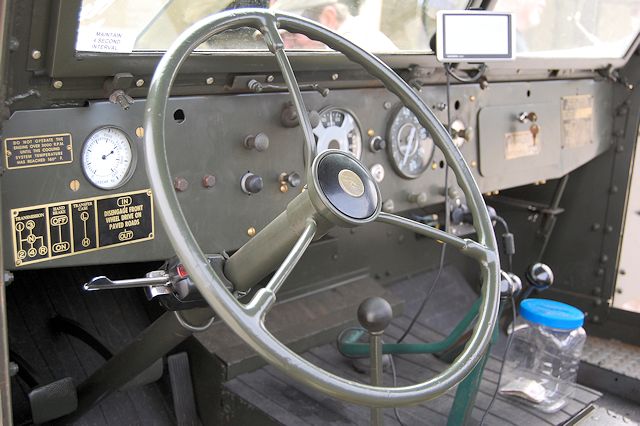
 This halftrack, I was told, gets about three thousand miles on a set of rubber tracks.
This halftrack, I was told, gets about three thousand miles on a set of rubber tracks.
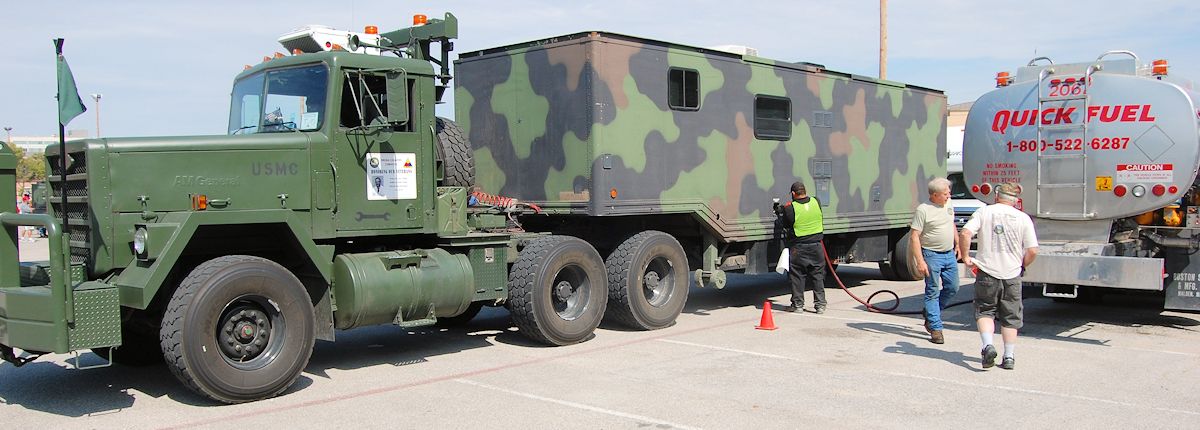 “Fill ’er up.” Average gas mileage of the convoy: 3.5 miles per gallon.
“Fill ’er up.” Average gas mileage of the convoy: 3.5 miles per gallon.
 Westward ho!
Westward ho!






Everybody wants that Packard!
Beautiful car. And the only vehicle in the convoy “out of uniform.”
They shined the olive drab. Must be an overzealous sergeant. A shine will bring the Jerry fighters right on them. Need to dull that finish. Except the staff car. Officers, they are expendable. I want a Packard. Now. Today. For free.
I went back to Farrington Field a second time just to shoot the Packard because it was not there the first time I went. Gorgeous car. Cost about $2,000 new.
I love the old military iron. And green radios, of course. I missed them. If not for Mike this might not have been reported. Oops, sorry, Mike, I burned you. This was a secret CIA operation. It would have been neat if they drove down East Rosedale on Jade Helm day. This is only Tuesday. We got extra work out of Mike. Great.
Being able to track the convoy via GPS meant I didn’t have to waste time waiting for the convoy to be in a certain place at a certain time.
Wonderful story, history, photos and video. Thanks so much for sharing and Thank You for the long miles, hours, and efforts in honoring all of the veterans throughout our history.
Thanks, Sam. It was great to witness that amazing convoy.